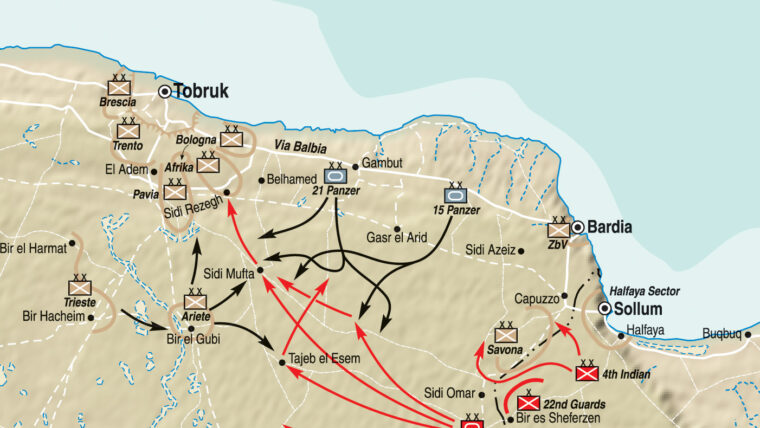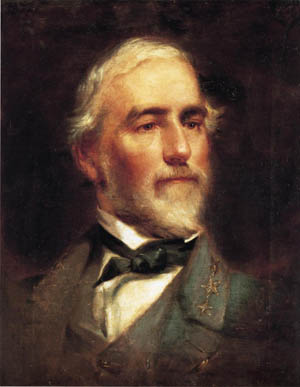
Latest Posts
Santa Anna at the Alamo & the Battle of San Jacinto
By Brooke StoddardOne of the most decisive battles in American history is also one little discussed, the April 21, 1836 Battle of San Jacinto. Read more


Latest Posts
One of the most decisive battles in American history is also one little discussed, the April 21, 1836 Battle of San Jacinto. Read more

Latest Posts
“To be a knight was to be potentially a Lord or Lordling … and a fate worse than death, was to set one’s hand to the plow.” Read more

Latest Posts
During the Battle of the Little Bighorn, June 25-26, 1876, troopers of the U.S. 7th Cavalry Regiment under the command of Lieutenant Colonel George A. Read more

Latest Posts
U.S. President Abraham Lincoln had no military experience and discarded most of Lt. Gen. Winfield Scott’s so-called Anaconda Plan, which critics deemed too conservative. Read more

Latest Posts
The American Civil War was the tragic culmination of divergent perspectives on the proper conduct of the government of the United States and socio-economic issues that had been frequently at the forefront of American political life for decades. Read more

Latest Posts
During the Battle of First Manassas, Colonel Francis Stebbins Bartow was carrying the flag of the 7th Georgia Infantry when he fell leading a charge on Captain James Ricketts’ battery of Regular Army artillery. Read more

Latest Posts
In August 1942, the U.S. Navy acquired the 1913 USS Seeandbee (using the initials of its parent company, the Cleveland and Buffalo Transit Company), the world’s largest side-wheel passenger steamer, and began converting it into a training carrier. Read more

Latest Posts
By the time of the Crusader battles in late 1941, the German panzer forces in North Africa had developed a sophisticated combined-arms doctrine. Read more

Latest Posts
Excavations conducted in a Hyksos palace at Tell el-Daba (ancient Avaris) in Egypt have for the first time provided archaeological evidence for a gruesome practice previously known only from texts and temple reliefs, according to an article by the Biblical Archaeology Review. Read more

Latest Posts
By the time the American colonies declared their independence from Great Britain on July 4, 1776, Benjamin Franklin was 70 years old. Read more

Latest Posts
On the evening of Saturday November 22, Lieutenant Robert Crisp of the 4th Armored Brigade came upon the airfield at Sidi Rezegh. Read more

Latest Posts
When the Civil War broke out, Robert E. Lee of Virginia was offered command of the Union army. Read more

Latest Posts
By Mark Simmons
“U-64 was seen on the surface at the top of Herjansfjord near Bjrekvik. I selected the two anti-submarine bombs and put the Swordfish in a dive and released the bombs at 200 feet. Read more

Latest Posts
On the morning of December 3, 1757, Frederick the Great ordered all his generals and regimental and battalion commanders to his headquarters at Parchwitz. Read more

Latest Posts
Born in Ohio in 1822, Ulysses S. Grant graduated from the United States Military Academy at West Point in 1843. Read more

Latest Posts
After refueling in the mid-Atlantic and suffering bow damage from being rammed by a tanker, a 769-ton Nazi U-Boat reached its destination, the American East Coast, early on Monday, May 4, 1942. Read more

Latest Posts
Born on November 15, 1891, in Heidenheim, Germany, Erwin Rommel was a hero of World War I, receiving the Pour le Mérite, or Blue Max, for his actions on the Italian Front. Read more

Latest Posts
This WWI Timeline covers the first decade of the 20th century, in which the so-called “Great Powers” of Europe attempted to advance their economic and technological prowess to out-do—or at worst, at least keep pace—with their neighbors and rivals. Read more

Latest Posts
On August 7, 1942, American Marines landed unopposed on the island of Guadalcanal in the Solomons chain. The island was the key to future offensive operations in the South Pacific for either side, and the Marines were determined to defeat the Japanese in their first significant ground assault of the Pacific War. Read more

Latest Posts
World War II spanned six long years from 1939 to 1945. The Allied powers, principally The United States, Great Britain, and the Soviet Union, defeated the Axis powers, led by Nazi Germany, Imperial Japan, and Fascist Italy. Read more